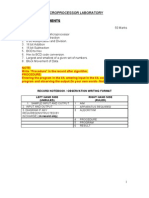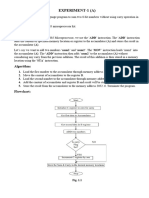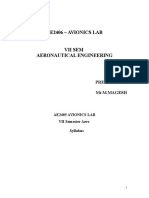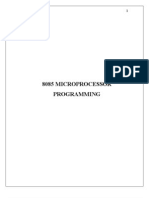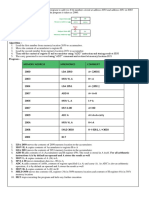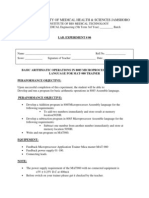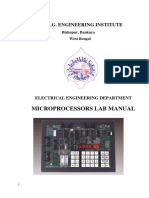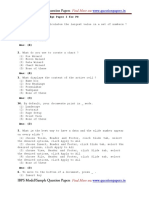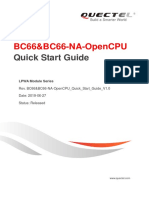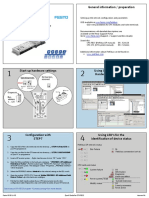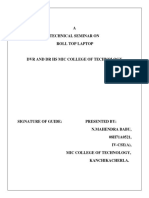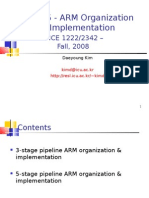0% found this document useful (0 votes)
7 views19 pagesCSA Practical File
The document is a practical file for Computer System Architecture at the University of Delhi, detailing various assembly language programs for the 8085 microprocessor. It includes programs for addition, subtraction, multiplication, division, and counting bits, with explanations of addressing modes and execution steps. Each practical section outlines the aim, theory, assembly instructions, and results of the programs executed in the 8085 Simulator.
Uploaded by
its.vishal765Copyright
© © All Rights Reserved
We take content rights seriously. If you suspect this is your content, claim it here.
Available Formats
Download as PDF, TXT or read online on Scribd
0% found this document useful (0 votes)
7 views19 pagesCSA Practical File
The document is a practical file for Computer System Architecture at the University of Delhi, detailing various assembly language programs for the 8085 microprocessor. It includes programs for addition, subtraction, multiplication, division, and counting bits, with explanations of addressing modes and execution steps. Each practical section outlines the aim, theory, assembly instructions, and results of the programs executed in the 8085 Simulator.
Uploaded by
its.vishal765Copyright
© © All Rights Reserved
We take content rights seriously. If you suspect this is your content, claim it here.
Available Formats
Download as PDF, TXT or read online on Scribd
/ 19

